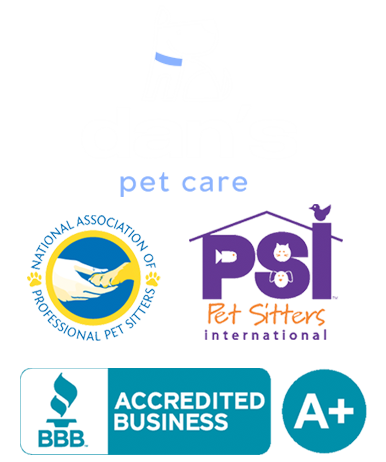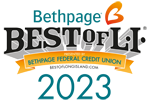Feeding your dog seems simple on the surface, but when you take a closer look, it’s a topic packed with complexity. With an endless array of food options, bold marketing claims, and conflicting advice, many pet parents find themselves wondering what truly belongs in their dog’s bowl. Good nutrition is the foundation of your dog’s health, impacting everything from energy levels and coat shine to longevity and disease prevention.
In this comprehensive guide, we’ll break down the essentials of canine nutrition. You’ll learn about key nutrients, how to read dog food labels, and how to tailor your dog’s diet based on breed, age, activity level, and health needs.
1. Understanding Your Dog's Basic Nutritional Needs
Why It Matters
Just like humans, dogs require a balance of proteins, fats, carbohydrates, vitamins, and minerals. Without these essential nutrients, dogs can experience a range of issues from poor energy and weak immunity to digestive problems and skin disorders. Understanding these foundational needs gives pet parents the power to choose foods that not only satisfy hunger but also promote vitality and longevity. However, the ratios and sources of these nutrients should be tailored to dogs' unique biological needs.
Key Components
Protein: Supports muscle growth, repair, and immune function. Look for named meat sources like chicken, beef, or salmon.
Fat: Provides energy, helps absorb vitamins, and supports skin and coat health. Essential fatty acids like omega-3 and omega-6 are especially important.
Carbohydrates: Not essential, but they provide fiber and energy. Whole grains, sweet potatoes, and vegetables are healthy options.
Vitamins and Minerals: Required for metabolic functions. A balanced commercial dog food should meet AAFCO standards.
Water: Often overlooked, but essential. Ensure your dog has access to clean, fresh water at all times.
2. Decoding Dog Food Labels
Why It Matters
Understanding what goes into your dog’s food—and why—helps you become a more informed pet parent. Proper nutrition isn't just about filling the bowl; it's about promoting long-term wellness, preventing chronic diseases, and ensuring your dog thrives at every life stage. By learning the fundamentals of canine dietary needs, you’re better equipped to make smart food choices that align with your dog’s health, energy levels, and lifestyle. what’s really in your dog’s food can help you avoid unnecessary fillers, artificial additives, or poor-quality ingredients.
What to Look For
Ingredient List: Ingredients are listed by weight. Meat should be at the top of the list.
Guaranteed Analysis: Lists minimum percentages of crude protein and fat, and maximum percentages of fiber and moisture.
AAFCO Statement: Indicates the food is nutritionally complete and balanced.
Feeding Guidelines: Use as a general reference, but adjust based on your dog’s needs.
Red Flags
Unnamed meat sources (e.g., “meat meal” instead of “chicken meal”)
Excessive preservatives, artificial colors, or sugar
Too many vague ingredients like “animal digest” or “by-product meal”
3. Dry Food vs. Wet Food vs. Raw Diets
There is no one-size-fits-all approach when it comes to choosing between dry, wet, or raw food diets for your dog. Each option has unique benefits and drawbacks, and the best choice often depends on your dog’s age, breed, health status, and your own lifestyle or budget. Understanding the pros and cons can help you make a more informed decision and ensure your dog receives the nutrition they need in a format that works for both of you.
Kibble (Dry Food)
Pros: Convenient, affordable, long shelf life, promotes dental health.
Cons: Can be lower in moisture and may contain more fillers.
Canned (Wet Food)
Pros: High in moisture, often more palatable.
Cons: More expensive, spoils quickly after opening.
Raw Food Diet
Pros: Less processed, some report better digestion and energy.
Cons: Requires careful handling, risks of bacterial contamination, and nutritional imbalance if not properly planned.
Expert Tip
Always consult your veterinarian before switching to a raw or home-cooked diet. Balance is critical, and improperly prepared food can cause more harm than good.
4. Feeding by Life Stage
Your dog's nutritional needs change significantly over their lifetime. Puppies require calorie-dense meals for rapid growth, while seniors benefit from joint-supportive and lower-calorie foods. Tailoring your dog's diet to their life stage ensures they get the right balance of nutrients to stay healthy and active at every age.
Puppies
Need higher protein and fat for growth and development. Look for formulas specifically labeled for puppies or “all life stages.”
Adults
Require balanced nutrition for maintenance. Watch calorie intake to avoid obesity.
Seniors
May need lower-calorie, joint-supporting, or easily digestible diets. Senior-specific formulas often include glucosamine and fiber.
Pregnant or Lactating Dogs
Have increased energy and nutritional needs. Consult your vet for customized feeding plans.
5. Special Diets for Health Conditions
Some dogs need more than just standard nutrition—they require specially formulated diets to support medical conditions or unique physiological needs. A targeted diet can play a crucial role in preventing symptoms from worsening and improving your dog’s overall quality of life.
Weight Management
Choose high-fiber, low-fat foods. Increase exercise and feed smaller, more frequent meals.
Allergies or Sensitivities
Look for limited-ingredient diets or novel proteins like duck or venison. Grain-free may help, but check with your vet first.
Joint Health
Supplements like glucosamine, chondroitin, and omega-3s are beneficial.
Digestive Issues
Try easily digestible proteins and probiotics. Avoid highly processed foods.
Chronic Illnesses
Dogs with diabetes, kidney disease, or cancer often require specialized veterinary diets. Follow your vet’s recommendations closely.
6. Human Foods: What’s Safe and What to Avoid
Feeding your dog a bite of your own meal can be tempting, and while some human foods are harmless in moderation, others can be toxic or lead to long-term health issues. Understanding the difference helps you keep your dog safe and healthy.
Safe in Moderation
These foods can be used as occasional treats or meal toppers:
Cooked lean meats (chicken, turkey, beef) without seasoning or bones
Carrots, green beans, peas, pumpkin, and cucumber
Plain cooked rice, oats, and unseasoned sweet potatoes
Apples (core and seeds removed), blueberries, watermelon, and bananas
Plain yogurt and cottage cheese (if your dog tolerates dairy)
Never Feed
These foods are toxic or pose serious health risks to dogs:
Chocolate, caffeine, onions, garlic
Grapes and raisins, which can cause kidney failure
Xylitol (a sugar substitute found in gum, candy, and baked goods)
Cooked bones, fatty table scraps, and alcohol
When introducing any new food, even if it’s considered safe, do so gradually and watch for any adverse reactions like vomiting, diarrhea, or itching. Always consult your veterinarian before making significant dietary changes or sharing table food with your dog.
Safe in Moderation
Cooked lean meats (chicken, turkey, beef)
Carrots, green beans, pumpkin
Rice, oats, plain potatoes
Apples (no seeds), blueberries, bananas
Never Feed
Chocolate, caffeine, onions, garlic
Grapes and raisins
Xylitol (found in sugar-free gum and baked goods)
Cooked bones and fatty table scraps
7. Supplements: Do Dogs Need Them?
Most healthy dogs eating a balanced commercial diet do not need supplements, as most high-quality pet foods are formulated to meet all nutritional requirements. However, specific health conditions, age-related concerns, or deficiencies may require additional support. Supplements can play a beneficial role when used appropriately and under veterinary supervision.
Joint health: Glucosamine and chondroitin can help manage arthritis or stiffness, especially in senior or large-breed dogs.
Skin/coat: Omega-3 fatty acids, like those found in fish oil, can promote a shiny coat and help reduce inflammation from allergies.
Digestion: Probiotics and digestive enzymes may aid in gut health, especially for dogs prone to stomach issues or after a course of antibiotics.
Anxiety: Calming supplements that include ingredients like L-theanine, valerian root, or chamomile can help with stress and separation anxiety.
Before starting any supplement regimen, consult your vet to ensure it’s appropriate for your dog’s specific needs and won't interfere with existing medications or conditions.
8. Portion Control and Feeding Schedules
Avoid Overfeeding
Obesity is one of the most common health problems in dogs and can lead to issues such as joint pain, diabetes, and heart disease. Many dogs gain weight gradually, so it’s easy to overlook until health problems develop. Use a measuring cup for every meal to ensure accurate portions and avoid free-feeding. If you're offering treats, account for them in your dog's daily caloric intake. Even healthy snacks can add up quickly and contribute to weight gain.
Establish a Routine
Puppies: 3–4 meals per day
Adults: 2 meals per day
Seniors: 2 smaller meals or as advised by your vet
Monitor Body Condition
Use a body condition score chart. You should be able to feel your dog’s ribs but not see them. Adjust portions as needed.
9. Hydration and Water Intake
Water supports digestion, circulation, and body temperature regulation. Always provide clean, fresh water. Watch for signs of dehydration like dry gums, lethargy, or sunken eyes.
Encourage Drinking
Offer water with meals
Use a pet fountain to make drinking more appealing
Add low-sodium broth to dry food for flavor and moisture
10. Working with Your Vet or Pet Nutritionist
Why It Matters
No one-size-fits-all diet works for every dog, and a misstep in nutrition can lead to health complications over time. Breed, age, lifestyle, and medical history all play a role in determining the right food. Nutritional needs can change over a dog's lifetime, so working with a vet or pet nutritionist ensures your pet’s diet is always aligned with their evolving health status. diet works for every dog. Your vet or a certified pet nutritionist can help you develop a plan based on:
Breed and size
Health status
Activity level
Personal preferences
When to Seek Help
Sudden changes in weight or appetite
Digestive issues that persist
Managing chronic illness
Considering a home-cooked or raw diet
Final Thoughts
Feeding your dog well is one of the most meaningful ways to show love. Nutrition isn’t just about filling the bowl—it’s about fueling your dog’s best life. By understanding what truly belongs in your dog’s diet, reading labels critically, and working closely with your vet, you set the foundation for years of vibrant, tail-wagging health.
Remember, your dog’s needs are unique. Stay observant, stay informed, and don’t be afraid to ask for help. A well-fed dog is a happy, healthy companion.
For personalized nutrition consultations, in-home care, or dog walking services in Nassau County, visit danspetcare.com. We’re committed to helping you care for your dog from bowl to leash.





